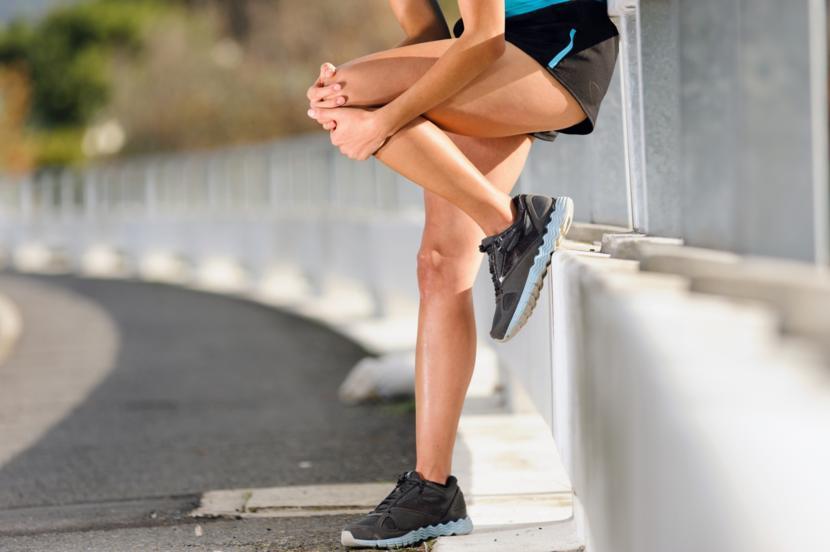What Should I Know About Bruises?

A bruise is a skin injury in which the color of the skin changes due to the breakage of blood vessels under the skin. The affected skin becomes blue or black in color, as blood accumulates just under the surface of the skin, resulting in a raised area or bump. These bumps are painful and may take a few weeks to disappear. Bruises are very commonly seen in elderly people, and simple injuries may result in extensive bruising as age increases. This is partially because of the aging of the blood vessels, which become very fragile.
Bruises are commonly caused by bumping into something. Vigorous exercise regimen may also result in small tear in the blood vessels leading to bruises. Athletes and weightlifters often have these microscopic tears. Bleeding disorder is another cause for bruises, particularly when there is sudden appearance of these skin injuries without any obvious reasons. In most cases, bruises are associated with nosebleeds and bleeding gums in people with bleeding disorders. Those who are on blood thinners may also have frequent bruising.
Bruises usually start as a small and reddish on the affected area. This gradually becomes bluish or reddish-purple in appearance, within a few hours after the injury. As it heals, the color may again change to a light green or a yellowish brown. It will be painful in the beginning, however, the pain will slowly reduces within a few days. The skin will remain tender in the affected areas that show changes in color. Chances of infection with bruises are less, as the skin is not broken. Under normal conditions, the skin is repaired within two to three weeks.
The signs that warrant medical attention for bruising include:
- If the bruise causes severe pain or swelling, especially when the person is on blood thinners.
- If they happen frequently without any obvious reason.
- If the bruises are present under toenails or fingernails, and are very painful.
- If there is a broken bone along with a bruise.
Simple tips to help treat bruising include:
- Cold compresses help to reduce swelling in the affected area, and speeds up the healing process.
- Keeping the leg raised if the bruise happens in the leg.
- Acetaminophen, which is recommended to reduce pain.
- Applying warm compresses on the bruise region after 48 hours, so that blood flow to the region increases.








